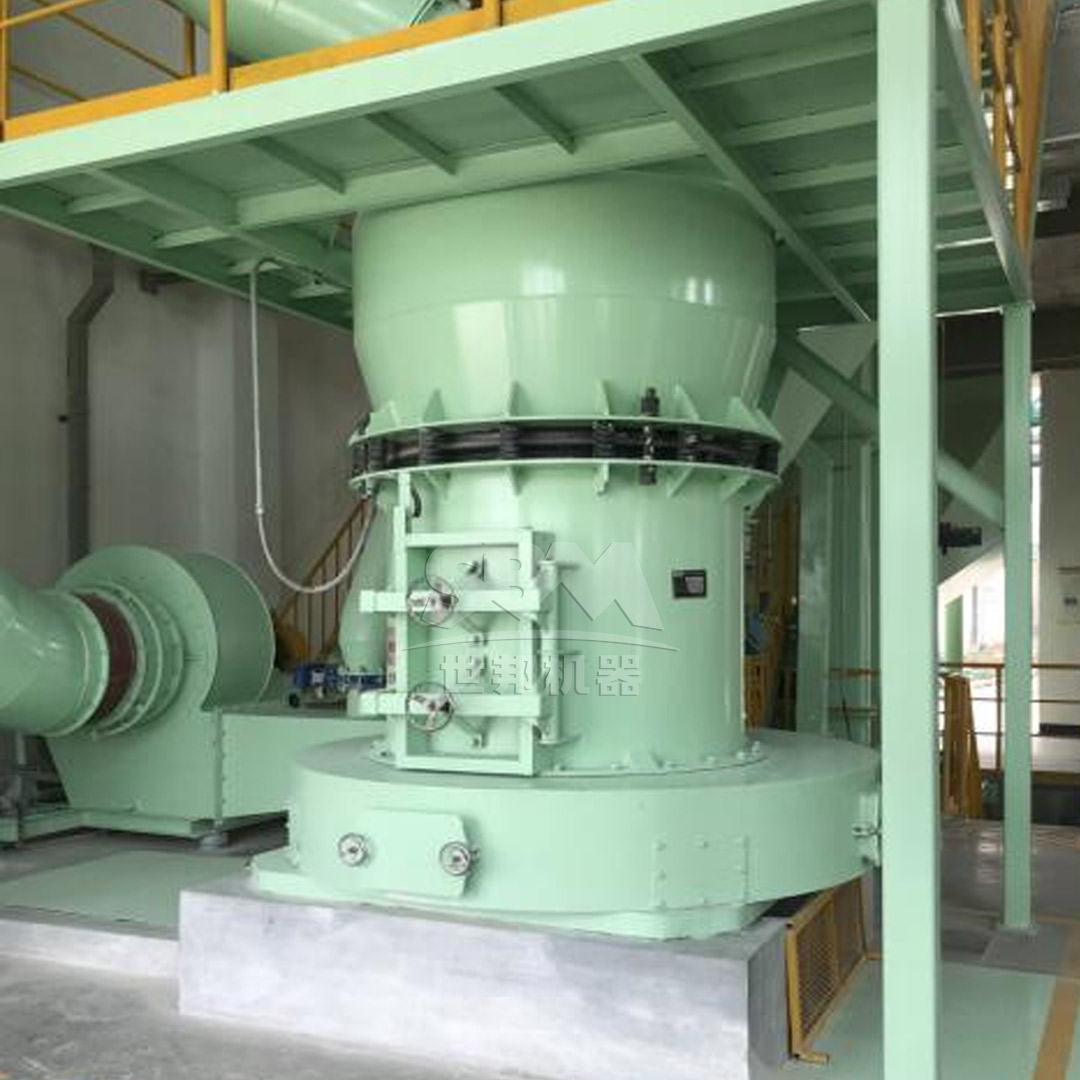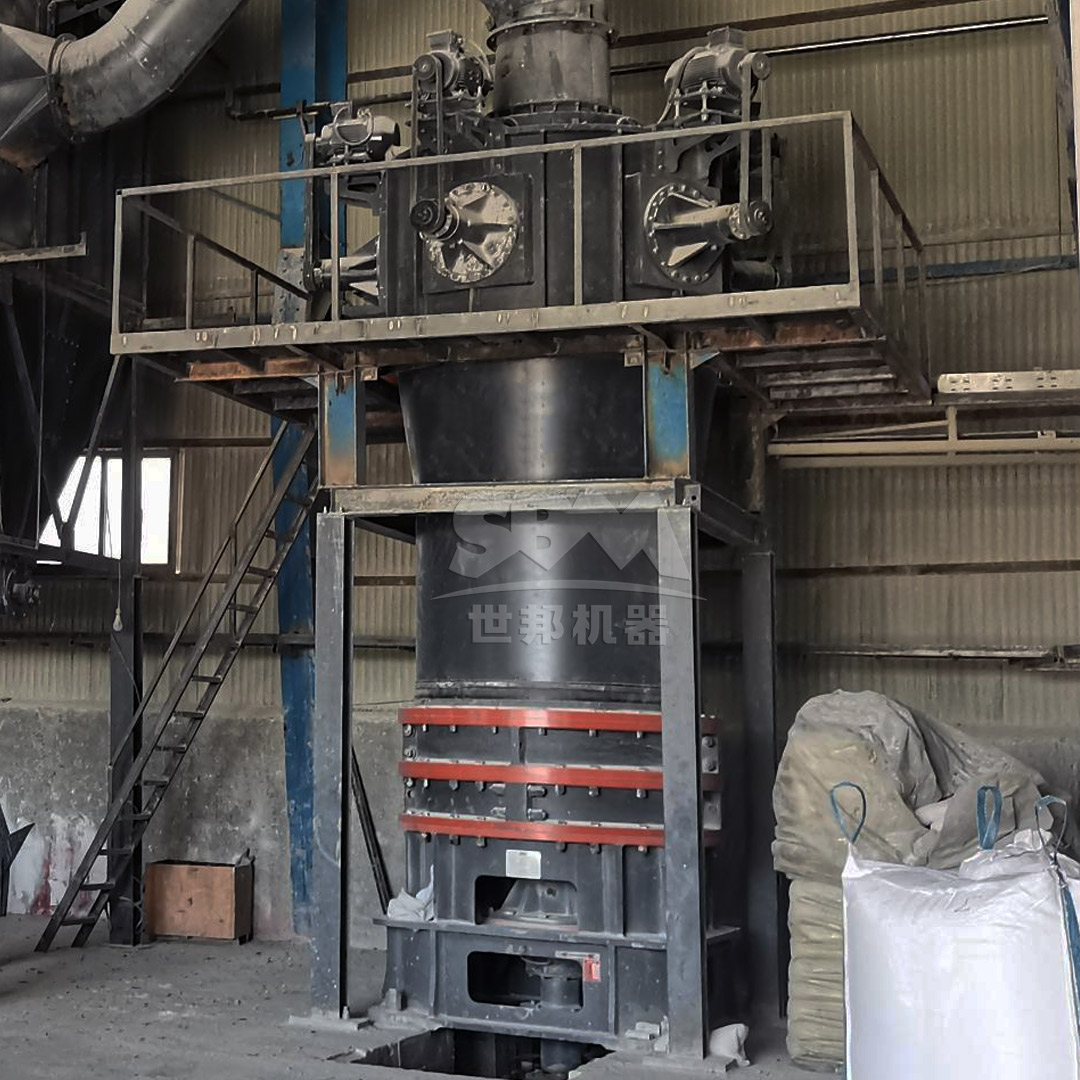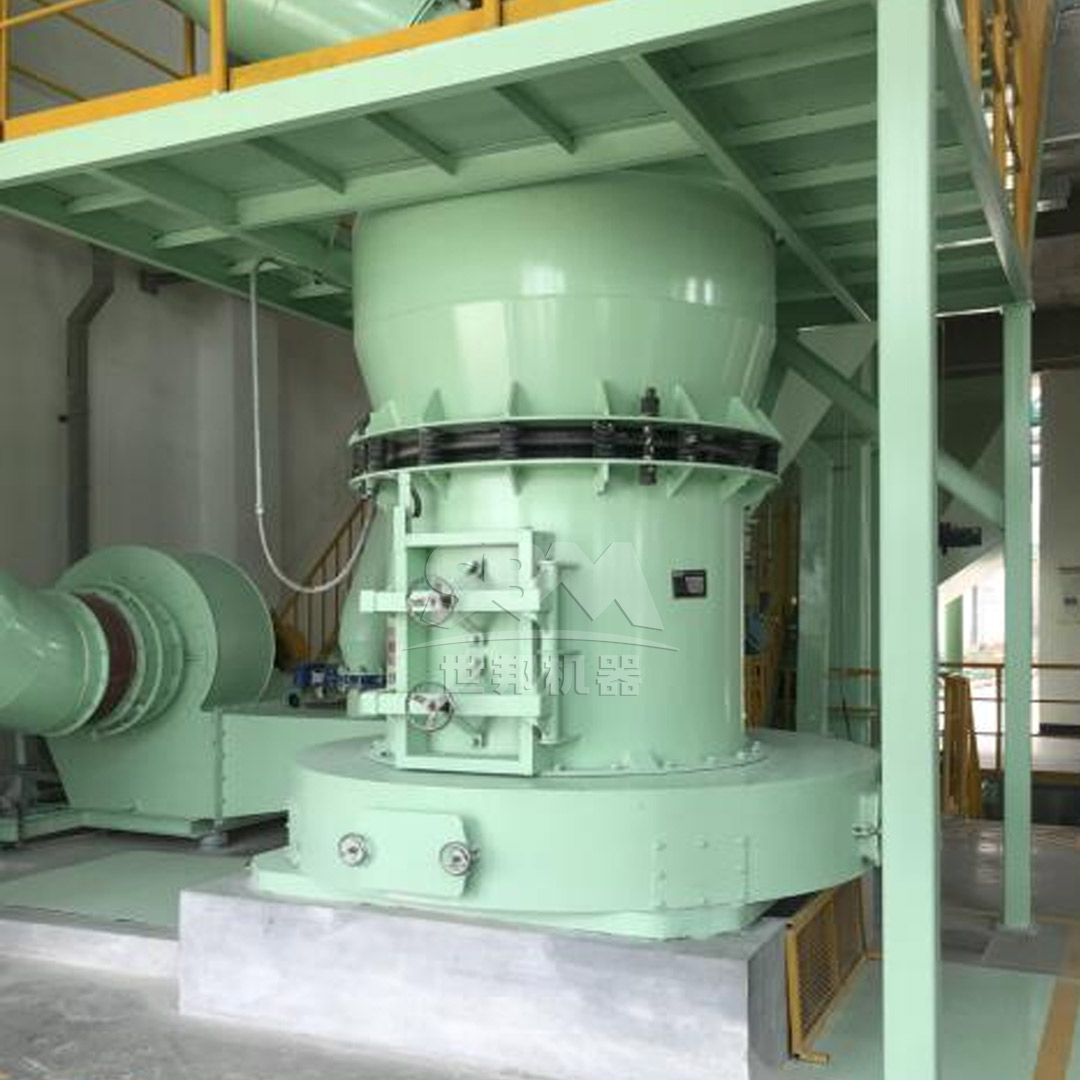Kaolin, also known as china clay, is a naturally occurring white mineral with exceptional properties that make it indispensable in various industrial applications, particularly in ink and pigment manufacturing. The quality of kaolin powder directly impacts the performance characteristics of final products, including opacity, brightness, viscosity, and gloss. To achieve the precise particle size distribution required for high-quality ink and pigment production, specialized grinding equipment is essential.
The transformation of raw kaolin into fine powder involves multiple processing stages, with grinding being the most critical step. Modern kaolin grinding mills must deliver consistent particle size distribution, maintain product purity, and operate efficiently to meet the stringent requirements of the ink and pigment industries. This article explores the technical considerations for kaolin grinding and highlights advanced milling solutions that optimize production efficiency and product quality.
Kaolin serves multiple functions in ink and pigment formulations. As an extender pigment, it improves opacity and brightness while reducing raw material costs. In printing inks, kaolin enhances rheological properties, providing appropriate viscosity and flow characteristics. The specific requirements vary depending on the application:
| Application | Particle Size Range | Key Properties | Special Requirements |
|---|---|---|---|
| Offset Printing Ink | 1-5μm | High brightness, low abrasiveness | Excellent dispersion stability |
| Water-based Inks | 0.5-3μm | Chemical stability, low viscosity | pH neutrality |
| Industrial Coatings | 2-10μm | Good hiding power, weather resistance | Uniform particle distribution |
| Plastic Pigments | 0.8-5μm | Thermal stability, low moisture | Surface treatment compatibility |
Meeting these specifications requires grinding equipment capable of precise particle size control with minimal contamination. The grinding process must preserve the crystalline structure of kaolin while achieving the desired fineness. Additionally, energy efficiency has become increasingly important as manufacturers seek to reduce operational costs and environmental impact.

Traditional grinding methods often fall short of meeting the exacting standards of modern ink and pigment manufacturing. Advanced milling technologies have emerged that offer superior control over particle size distribution, higher efficiency, and better preservation of kaolin’s inherent properties. Among these technologies, ultrafine grinding mills have proven particularly effective for high-value kaolin applications.
For applications requiring extremely fine kaolin powders, the SCM Ultrafine Mill represents a technological breakthrough. This advanced grinding system delivers exceptional performance with output fineness ranging from 325 to 2500 mesh (D97≤5μm), making it ideal for premium ink and pigment production. The mill’s innovative design incorporates several features that address the specific challenges of kaolin processing.
The SCM Ultrafine Mill operates on a multi-layer grinding principle, where material is progressively reduced through three grinding stages. This graduated approach ensures uniform particle size distribution while minimizing energy consumption. The integrated vertical turbine classifier provides precise control over product fineness, eliminating coarse particles that could compromise product quality in sensitive applications.
| Model | Processing Capacity (ton/h) | Main Motor Power (kW) | Output Fineness (mesh) | Recommended Application |
|---|---|---|---|---|
| SCM800 | 0.5-4.5 | 75 | 325-2500 | Laboratory & Small Batch Production |
| SCM1000 | 1.0-8.5 | 132 | 325-2500 | Standard Production Lines |
| SCM1250 | 2.5-14 | 185 | 325-2500 | Medium-scale Manufacturing |
| SCM1680 | 5.0-25 | 315 | 325-2500 | Large-scale Industrial Production |
Key advantages of the SCM Ultrafine Mill for kaolin processing include:
The intelligent control system automatically monitors and adjusts operational parameters to maintain consistent product quality, even with variations in feed material characteristics. This automation reduces operator intervention and minimizes the risk of human error.

For applications requiring high-volume production of kaolin powders in the 30-325 mesh range, the MTW Series Trapezium Mill offers an optimal balance of capacity, efficiency, and product quality. This robust grinding system handles feed materials up to 50mm in size and delivers processing capacities from 3 to 45 tons per hour, depending on the specific model.
The MTW Series incorporates several innovative features that enhance its performance in kaolin processing applications. The curved air channel design minimizes energy losses during material transport, while the combined shovel blade configuration reduces maintenance requirements and extends component life. The integral transmission with bevel gears achieves 98% transmission efficiency, contributing to the mill’s exceptional energy performance.
For ink and pigment manufacturers, the MTW Series provides:
The working principle involves the main motor driving the grinding rolls to revolve around the central shaft while rotating themselves. The shovel blades throw materials between the grinding ring and rolls, where they are crushed through extrusion. The integrated classification system precisely controls final product fineness, ensuring consistent quality throughout production runs.
Beyond equipment selection, several operational factors influence the efficiency and quality of kaolin grinding for ink and pigment applications. Proper system configuration, feed material preparation, and process control all contribute to optimal performance.
The characteristics of feed kaolin significantly impact grinding efficiency and product quality. Optimal moisture content, typically between 8-12%, facilitates efficient grinding while minimizing energy consumption. Pre-drying may be necessary for high-moisture kaolin to prevent clogging and reduce thermal energy requirements during grinding. Proper crushing to appropriate feed size (≤20mm for SCM Mills, ≤50mm for MTW Mills) ensures smooth operation and maximizes throughput.
A complete kaolin grinding system includes not only the mill itself but also auxiliary equipment that supports the grinding process. Key components include:
Proper integration of these components creates a closed-system operation that maximizes efficiency while containing dust and minimizing environmental impact.

Consistent product quality is paramount in ink and pigment applications. Regular testing of key parameters ensures the ground kaolin meets specification requirements:
Modern grinding mills with integrated control systems can automatically adjust operating parameters based on real-time quality monitoring, ensuring consistent product characteristics throughout production runs.
The selection of grinding equipment involves careful evaluation of both capital investment and operating costs. While advanced grinding systems may require higher initial investment, their superior efficiency and lower operating costs often deliver a faster return on investment through:
For ink and pigment manufacturers, the economic benefits extend beyond the grinding operation itself. Consistent, high-quality kaolin powders improve downstream processing efficiency and enhance the performance characteristics of final products, creating additional value throughout the manufacturing chain.
The evolution of kaolin grinding technology continues to address the changing needs of ink and pigment manufacturers. Emerging trends include:
These advancements will further improve the efficiency, reliability, and sustainability of kaolin grinding operations, supporting the continued growth of high-value ink and pigment applications.
The production of high-quality kaolin powders for ink and pigment manufacturing requires grinding equipment that delivers precise particle size control, operational efficiency, and consistent performance. Advanced milling technologies like the SCM Ultrafine Mill and MTW Series Trapezium Mill address these requirements with innovative designs that optimize both product quality and production economics.
By selecting the appropriate grinding technology and implementing proper operational practices, manufacturers can achieve the exacting specifications required for premium ink and pigment applications while maximizing production efficiency and minimizing environmental impact. As kaolin continues to play a vital role in these industries, ongoing advancements in grinding technology will further enhance its value and expand its applications.